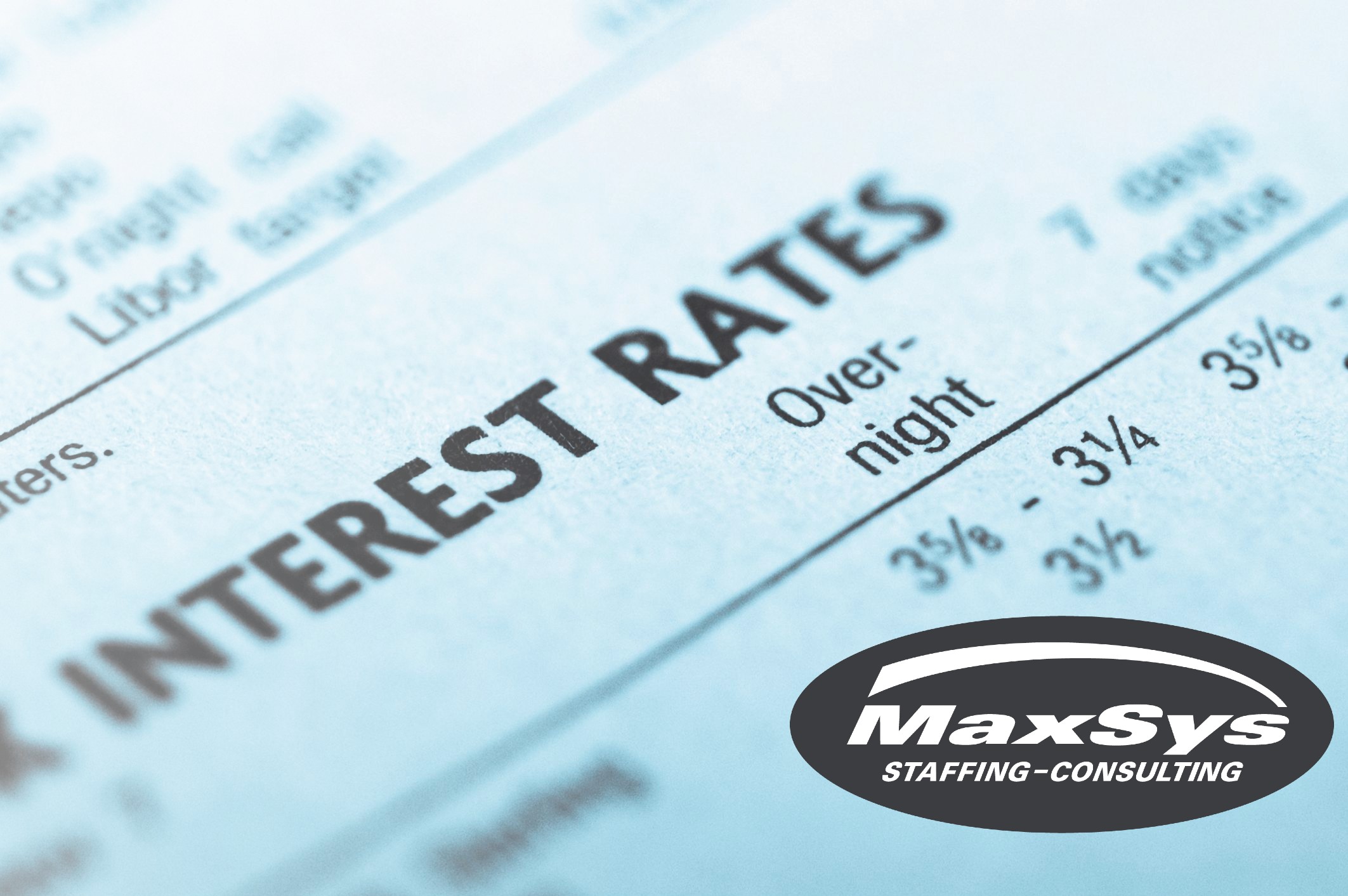janvier 27, 2020
Lowering Your Bank Rate in 4 Steps
A lower interest rate can save your company thousands of dollars over the life of a business loan. But what steps do you need to take to get a lower rate? The interest rate on a loan reflects the bank’s assessment of the risk that you won’t repay the money. To compensate for its risk, the bank decides how much additional interest to charge you over the rate it gives to its best, most creditworthy customers.
To reduce your rate, you must persuade your banker you will repay the money on time and in full. These four tips can help you to improve your chances of getting a better rate for your business loan.
1. Boost your company’s profitability
The single most important factor a bank will weigh when deciding your interest rate is your company’s financial strength. The more profitable your business is, the better your chances of getting a lower rate.
Your bank will evaluate your company’s financial statements to see whether you have a history of profitability; how much profit you’re currently making; and whether your profits are trending higher or lower. The bank will also look at how much debt you already owe.
It follows that you need to show healthy, sustainable profits at your company if you want to get a lower interest rate. You should also work to reduce your outstanding debt.
2. Raise your credit score
Your personal credit history is another critical factor in the interest rate you will pay, especially if you’re asking for a small loan. That’s because banks treat small business loans in much the same way as they do personal loans. Your credit score from agencies such as Equifax and TransUnion depends on your repayment history, how much credit you’ve applied for and how much of your available credit you are using, among other factors.
Even for larger loans, banks will look at your credit score to see how dependable a risk you are, including whether you’ve declared personal bankruptcy. They will also look at your business’s credit rating to see whether your company has a good record of paying creditors.
3. Offer valuable collateral to secure the loan
In keeping with your bank’s goal of reducing the risk of lending to you, your ability to offer collateral to secure the loan is another way to reduce your interest rate.
If you have tangible assets to put up as security, it can make the loan cheaper. For example, if you have a building as collateral, chances are your interest rate is going to be lower than if you have nothing or a depreciating asset like equipment.
4. Build a relationship with your bank
A bank is more likely to offer a favourable interest rate to an entrepreneur who’s been a good client over a period of years. Bankers are going to look favourably on clients who have a long history with the bank and an excellent repayment history.
You should strive to develop a strong relationship with your banker by meeting with him or her regularly, delivering documents when requested, being transparent about what’s happening in the business and, of course, making your loan payments on time. While the interest rate is important, it is necessary to caution entrepreneurs against becoming too focused on it. Instead, you should be concerned about getting flexible terms and conditions that fit your company’s needs.
For example, the possibility of postponing payments on your loan’s principal can help you maintain healthy cash flow in your business. Another example of flexibility is loan repayments tailored to the ups and downs in the cash flow of a seasonal business. The cheapest loan isn’t necessarily the best loan for you. Look for financing on the basis of what your business needs, not the interest rate.
Wikipedia, BDC, Business Journal



